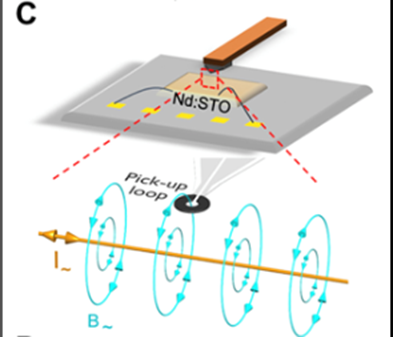Structural Changes Affect Superconducting Properties of Metal Oxide
Researchers from the University of Minnesota Twin Cities have discovered how subtle structural changes in strontium titanate, a metal oxide semiconductor, alter the material’s electrical resistance and affect superconducting properties.
They published their work in Science Advances, a peer-reviewed, multidisciplinary scientific journal published by the American Association for the Advancement of Science.
Strontium titanate becomes a superconductor, i.e., it conducts electricity smoothly without resistance at low temperatures and low concentrations of electrons. It also undergoes a structural change at 110 Kelvin (-262 degrees Fahrenheit)—the atoms in its crystalline structure change their arrangement. The research begins to answer precisely what causes superconductivity in this material on the microscopic level or what happens when its structure changes.
Using a combination of materials synthesis, analysis, and theoretical modeling, they found that the structural change within strontium titanate directly affects how electric current flows through the material and how small changes in the concentrations of electrons in the material affect its superconductivity.
The researchers synthesized a strontium titanate material that was extremely “clean,” using a technique called hybrid molecular beam epitaxy (MBE). Because the material was so clean, the researchers could make previously unseen observations in strontium titanate. Through theoretical modeling, the researchers were able to connect the experimentally observed macroscopic properties with the microscopic behavior of the electrons.
The observed response of the superconducting properties to small changes in the density of electrons provides new pieces in the ongoing puzzle of superconductivity in strontium titanate. Read the full paper entitled “Anomalous transport in high-mobility superconducting SrTiO3 thin films” on the Science Advances website.

